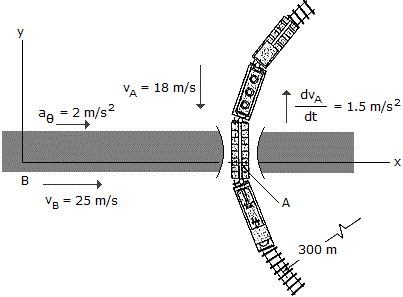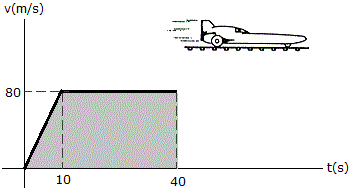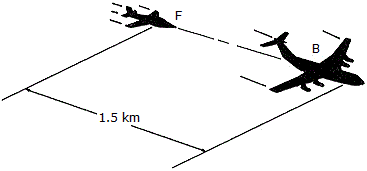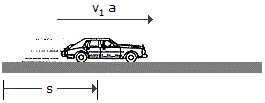Engineering Mechanics - Kinematics of Particle (KOP)
- Kinematics of Particle (KOP) - General Questions

A passenger in the automobile B observes the motion of the train car

The v-s graph for a rocket sled is shown. Determine the acceleration of the sled when s = 100 m and s = 175 m.

From experimental data, the motion of a jet plane while traveling along a runway is defined by the v-t graph shown. Find the position s and the acceleration a when t = 40 s.

The pilot of flighter plane F is following 1.5 km behind the pilot of bomber B. Both planes are originally traveling at 120 m/s. In an effort to pass the bomber, the pilot in F gives his plane a constant acceleration of 12 m/s2. Determine the speed at which the pilot in the bomber sees the pilot of the fighter plane pass at the start of the passing operation the bomber is decelerating at 3 m/s2. Neglect the effect of any turning.

A car, initially at rest, moves along a straight road with constant acceleration such that it attains a velocity of 60 ft/s when s = 150 ft. Then after being subjected to another constant acceleration, it attains a final velocity of 100 ft/s when s = 325 ft. Determine the average velocity and average acceleration of the car for the entire 325-ft displacement.